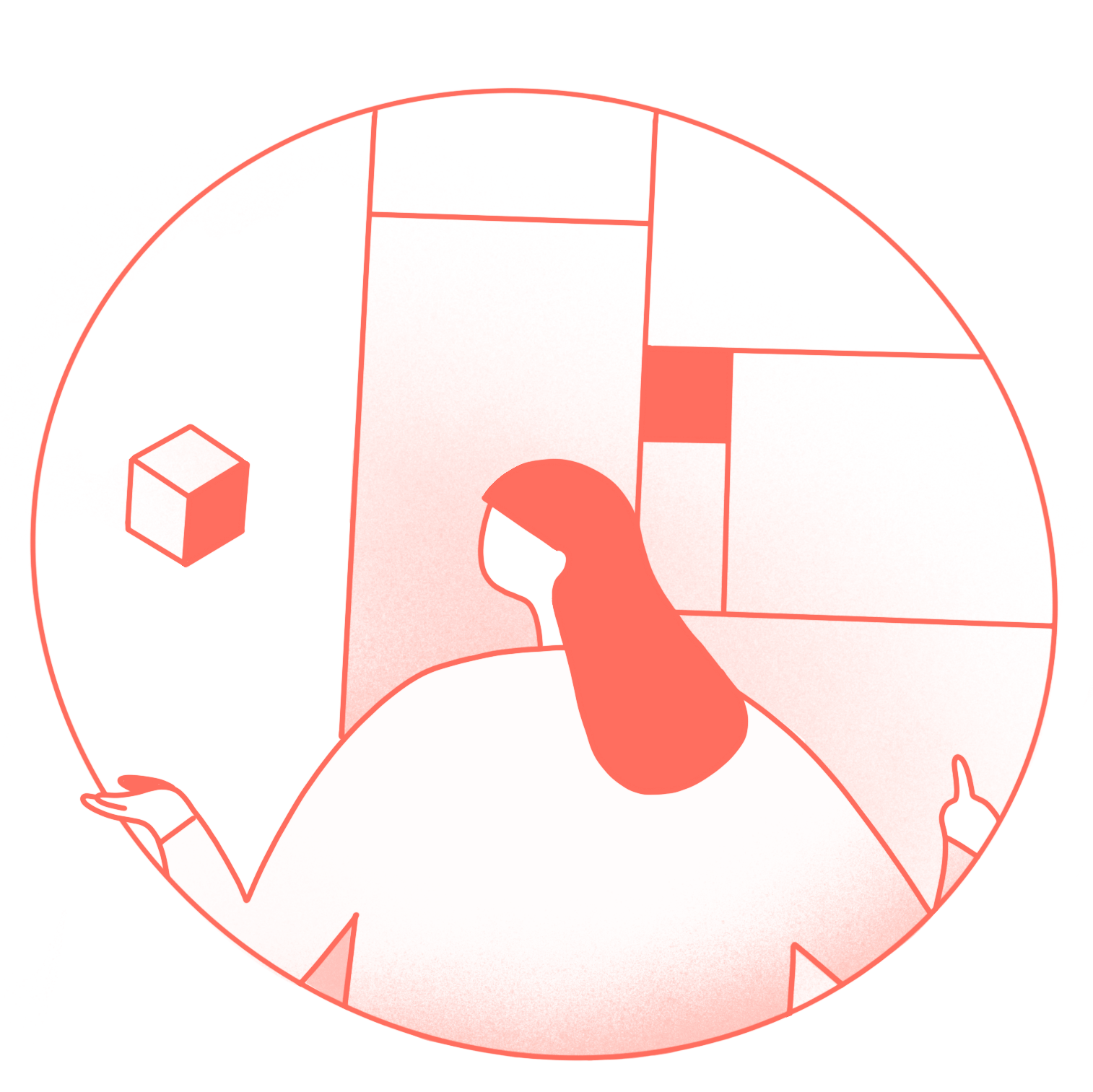steps to do
01
Design your query in order to find the best set of words that represents your investigation.
02
Identify the type of content that you want to use among images, hashtags and texts.
03
Identify the platform from where you want to gather the data and use the Tools to build your set of digital traces.
04
Check manually the consistency of your dataset and eventually clean it from elements that are not related to your research field.
05
If your dataset is really big, order it according to the metadata that you believe it is more important and downsize it. Otherwise skip this step.
06
Design the cards for your co-designing session. Put on the frontside the single elements of your dataset, one for each card. On the back side of each card put the metadata that is interesting for your research. If your dataset is the result of many queries, display them somewhere on the card. Then print and cut the cards.
07
Analyze the cards during the co-design session: organize, group and prioritize the cards according to the goal of the workshop. Remember to take into account also the metadata related to each card.
08
Find a label which is representative of every group of cards you just made.
09
Use this process to start conversations, generating new ideas and combining them into robust solutions.
WHAT NEXT
Flat earth
Focus on one group, identify a obvious/common behavior among all the elements of the group and try to deny it. With this process you will deeply stimulate the conversation inside the working team.
Super Jump
Focus on one group and find a common and relevant characteristic inside it. Once you identify it, step into a "parallel world", in which your characteristic plays an important role. Build another dataset that is representative of this parallel world; analyze it and find its strengths. Once you identify them, try to shift these strengths inside your research field.
Open Mic
Focus on one group and generate between 3 and 5 statements that describe the main characteristic of that group. Then use these statements as starting point to stimulate the conversation inside the working team.
WHO'S DOING IT WELL
We don't have a case study for this method yet! Be first to sent us your case study.
